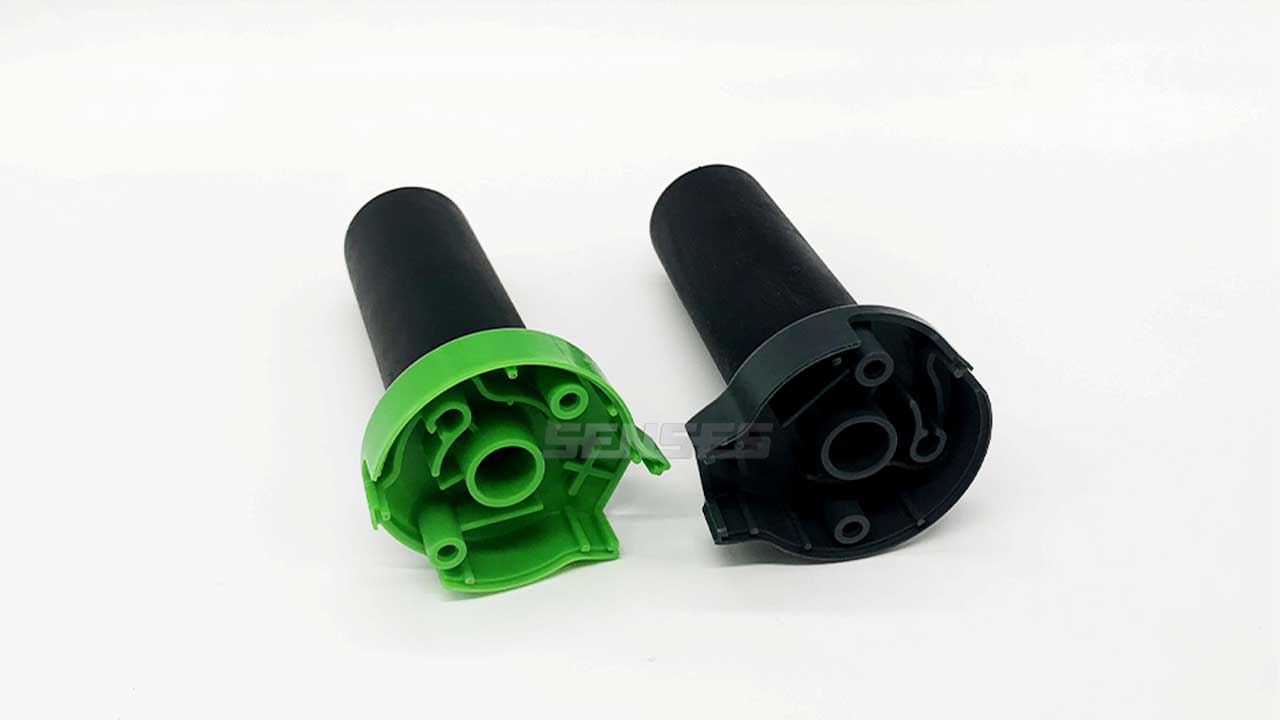Welcome to our comprehensive guide on injection molded plastic parts techniques. As a leading provider of injection molding services, we understand the nuances that go into creating high-quality, cost-effective plastic parts. We leverage years of industry experience and state-of-the-art technology to offer you unparalleled precision and efficiency. This article aims to share some of our in-house expertise, covering essential design considerations to help you get your injection molded project off the ground successfully.
Plastic injection molding is the cornerstone for a myriad of products, offering unparalleled versatility whether you’re developing an innovative product or a specific component within a complex system. Known for its exceptional quality and uniformity in mass production, the process comes with certain caveats—high initial tooling costs and the potential for substantial setbacks from even minor design errors.
Material Selection
Choosing the appropriate material is pivotal in the injection molding process, as it significantly influences the final product’s quality, durability, and functionality. Given the extensive variety of plastics and polymers on the market, each with its own set of advantages and drawbacks, it’s essential to align material characteristics with your application’s unique requirements. Factors like temperature resistance, tensile strength, cost-effectiveness, and environmental sustainability should all be carefully considered to ensure an optimal outcome.
Coring and Ribbing
The concepts of coring and ribbing are integral to the injection molding process, particularly when it comes to optimizing part design for both performance and cost-efficiency. Coring involves removing material from the thicker areas of a part to create a hollow section, thereby reducing material usage, cooling time, and the risk of defects like warping. Ribbing, on the other hand, involves adding thin, raised sections to a design to maintain structural integrity without increasing part weight or material consumption.
Uniform Wall Thickness
Uniform wall thickness is a critical factor in the design and manufacturing of injection-molded parts. This principle not only facilitates the flow of molten plastic during the molding process but also ensures more consistent cooling, thereby minimizing defects such as warping or sink marks. Maintaining uniform wall thickness throughout your design will lead to higher-quality, more robust parts while reducing costs related to material waste and rework.
Adding Radii
Adding radii to the corners and edges of your injection molded plastic parts is more than just an aesthetic choice—it’s a practical one. Incorporating rounded corners can significantly improve the flow of plastic material during the molding process, reducing the risk of stress concentrations that can lead to part failure.
Eliminate undercuts
undercuts addresses a design consideration vital for the cost-effective and efficient production of injection-molded parts. Undercuts are features that restrict smooth ejection from the mold, making the process more complex and often requiring additional components or mechanisms in the mold. By designing parts without undercuts, or by using alternative solutions like side-actions or collapsible cores, you can simplify mold design, reduce tooling costs, and improve cycle times.
Surface Finish
Surface finish in injection molding isn’t merely about aesthetics; it’s a critical factor that affects both the functionality and the quality of the molded part. The choice of surface finish can impact how a part interacts with its surrounding environment, as well as how it performs in specific applications. Whether you require a high-gloss finish for visual appeal or a textured surface for enhanced grip, understanding the various options for surface finishes will enable you to make an informed decision tailored to your project’s needs.
Injection and Ejection
Injection and ejection” refers to two crucial stages in the plastic injection molding process. The ‘Injection’ phase involves injecting molten plastic into a pre-designed mold. Factors such as pressure, temperature, and speed must be meticulously controlled to ensure optimal filling and minimal defects. Once the material has cooled and solidified, the ‘Ejection’ stage comes into play. This involves the careful removal of the molded part from the mold cavity without damaging the part or the mold.
Summing it Up
In the competitive world of product development, understanding the intricacies of injection molding can give you a significant edge. This comprehensive guide will walk you through key design considerations for injection molded plastic parts, from material selection to wall thickness and beyond. Whether you’re an experienced engineer or new to the field, these tips will equip you with the knowledge to design parts that are not only high-quality but also cost-effective.

Feel free to reach out to us for more personalized guidance on your injection molding needs. Our team of experts is always available to provide consultations and help bring your design ideas to life. Contact us today to discuss your project and discover how we can make your vision a reality.





